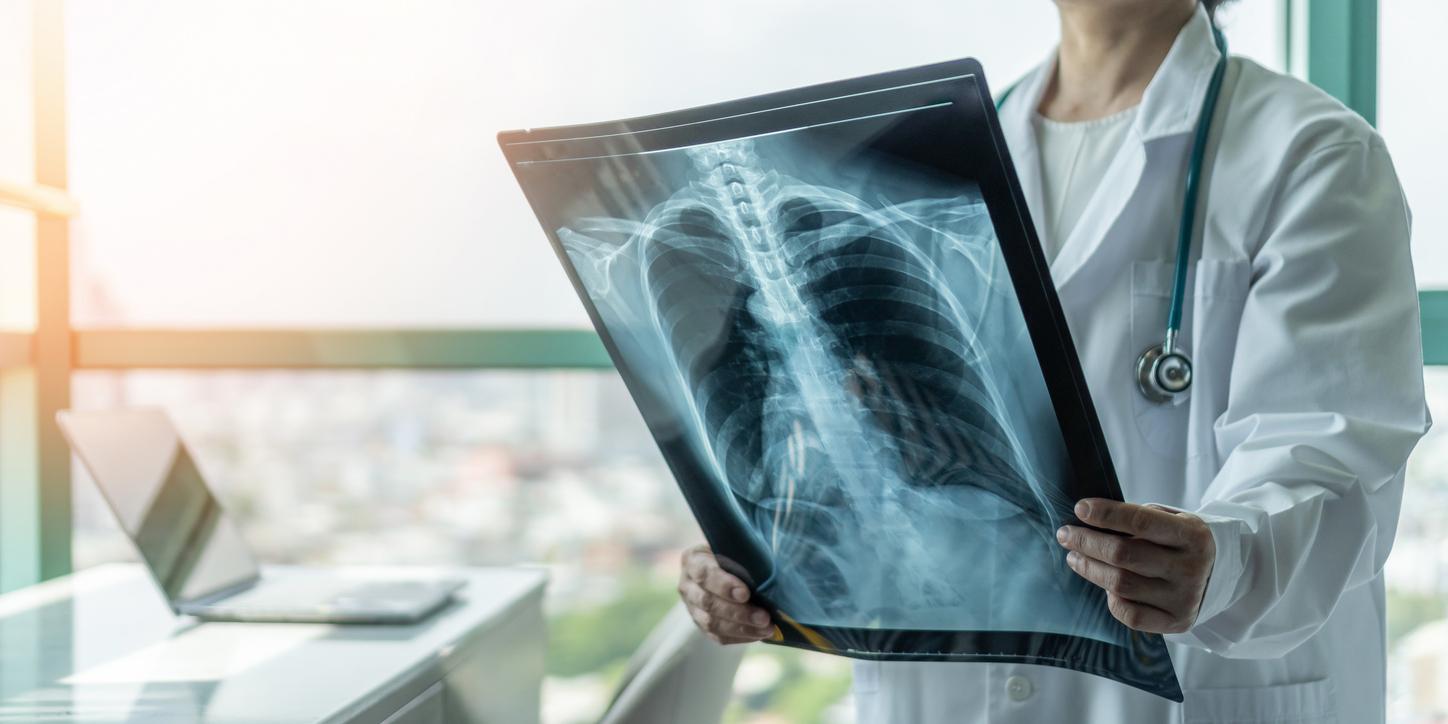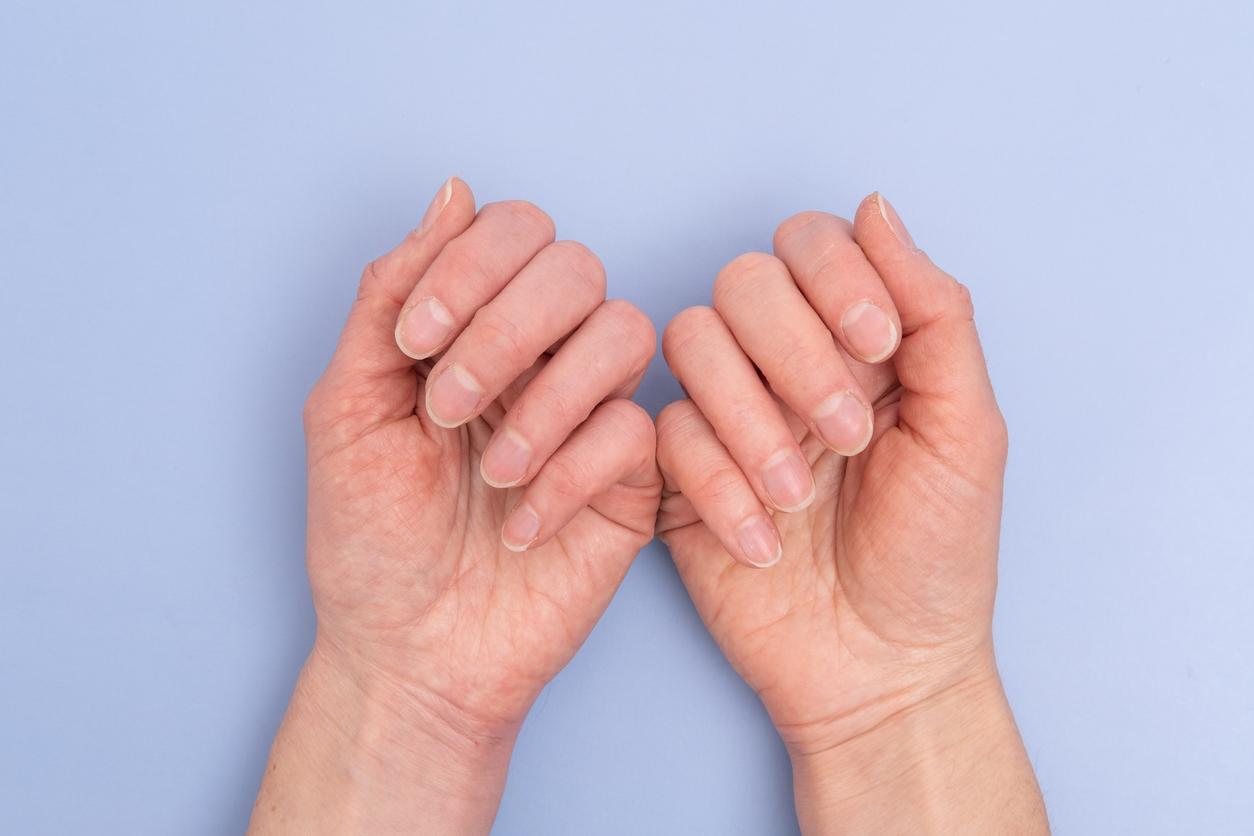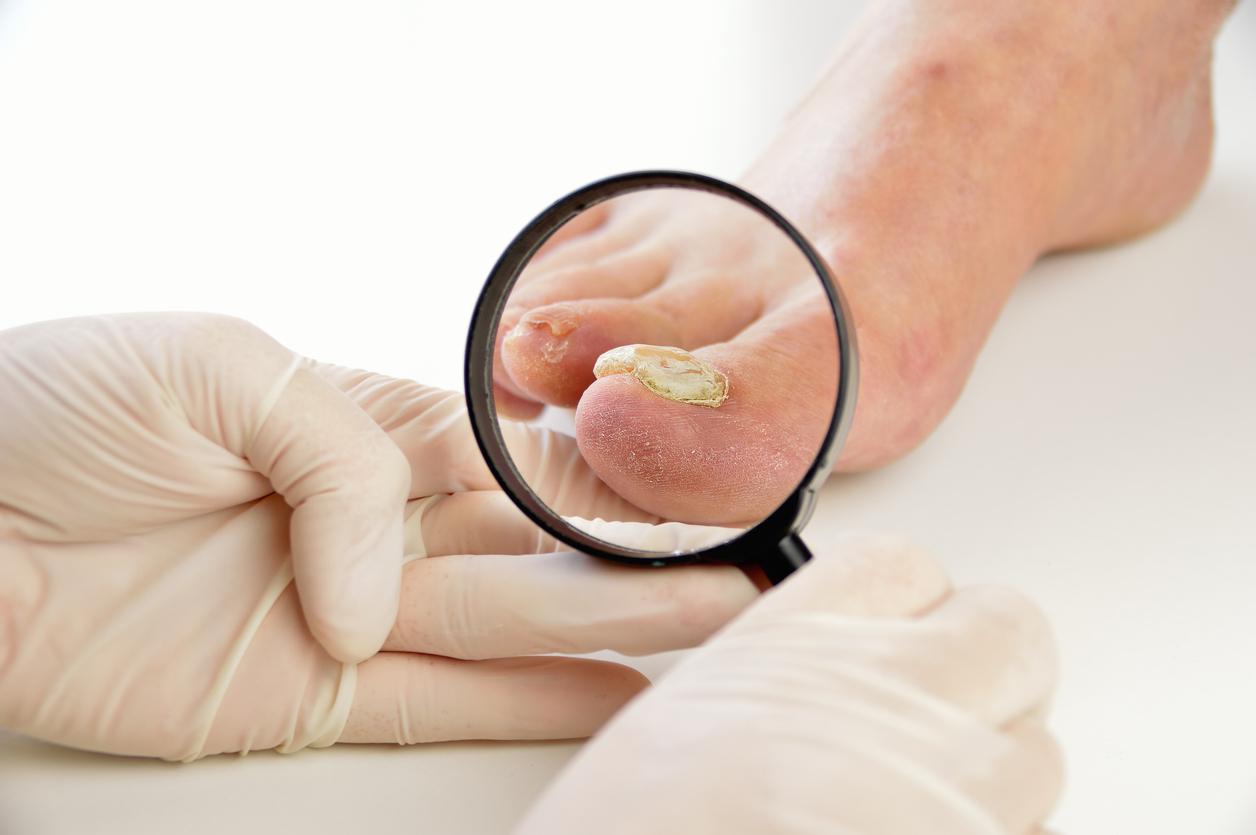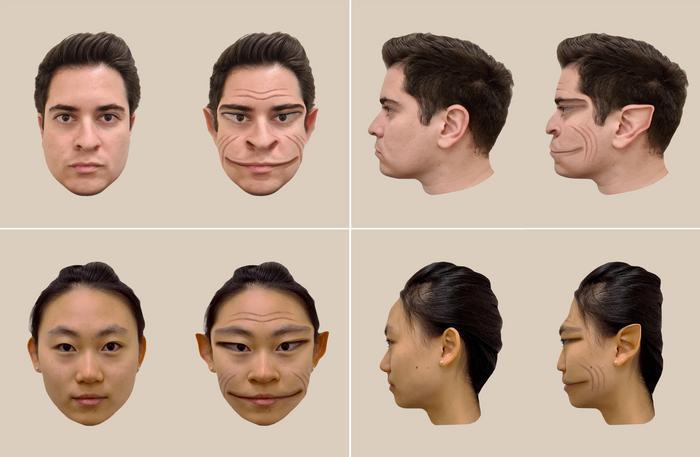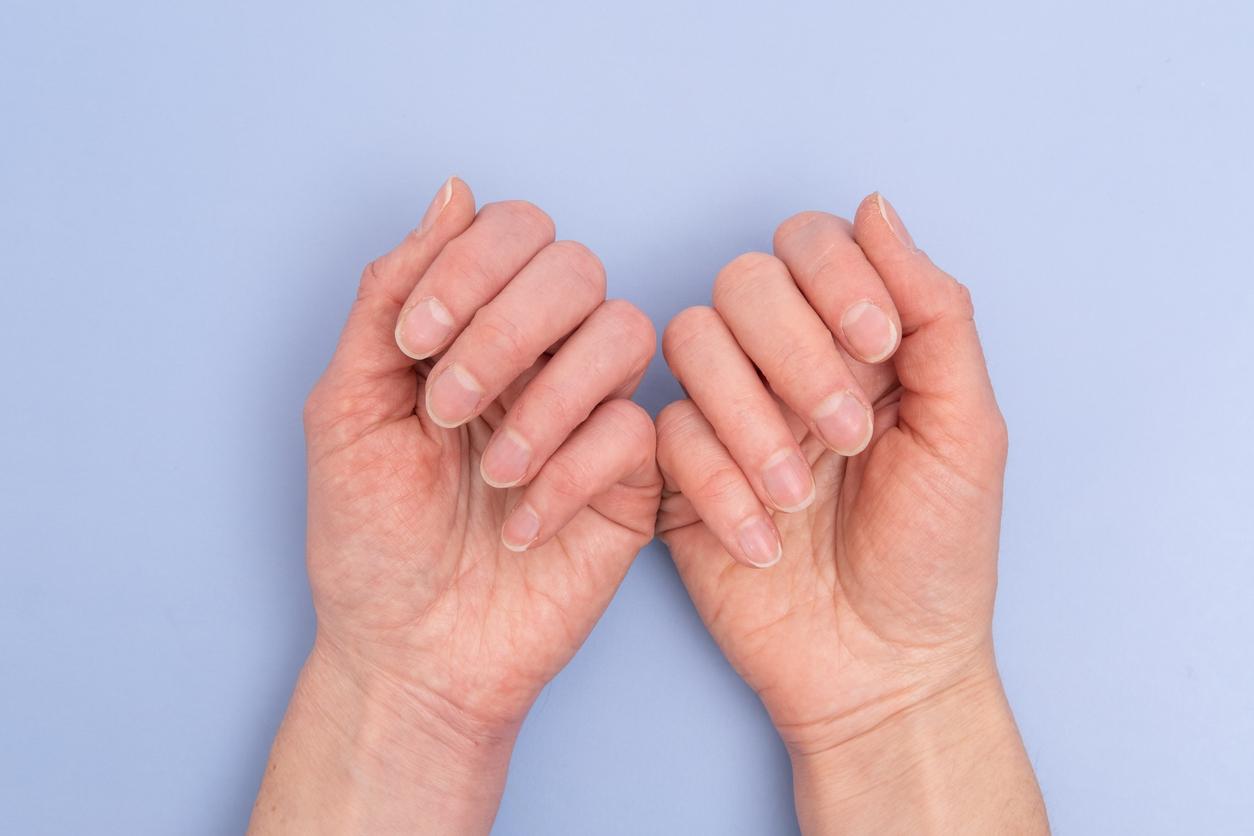Clubbing, also known as drumstick fingers, is a deformity of the fingers that often indicates serious underlying conditions. Learn what this condition means, its possible causes, and why it’s crucial to see a doctor if you notice this sign.
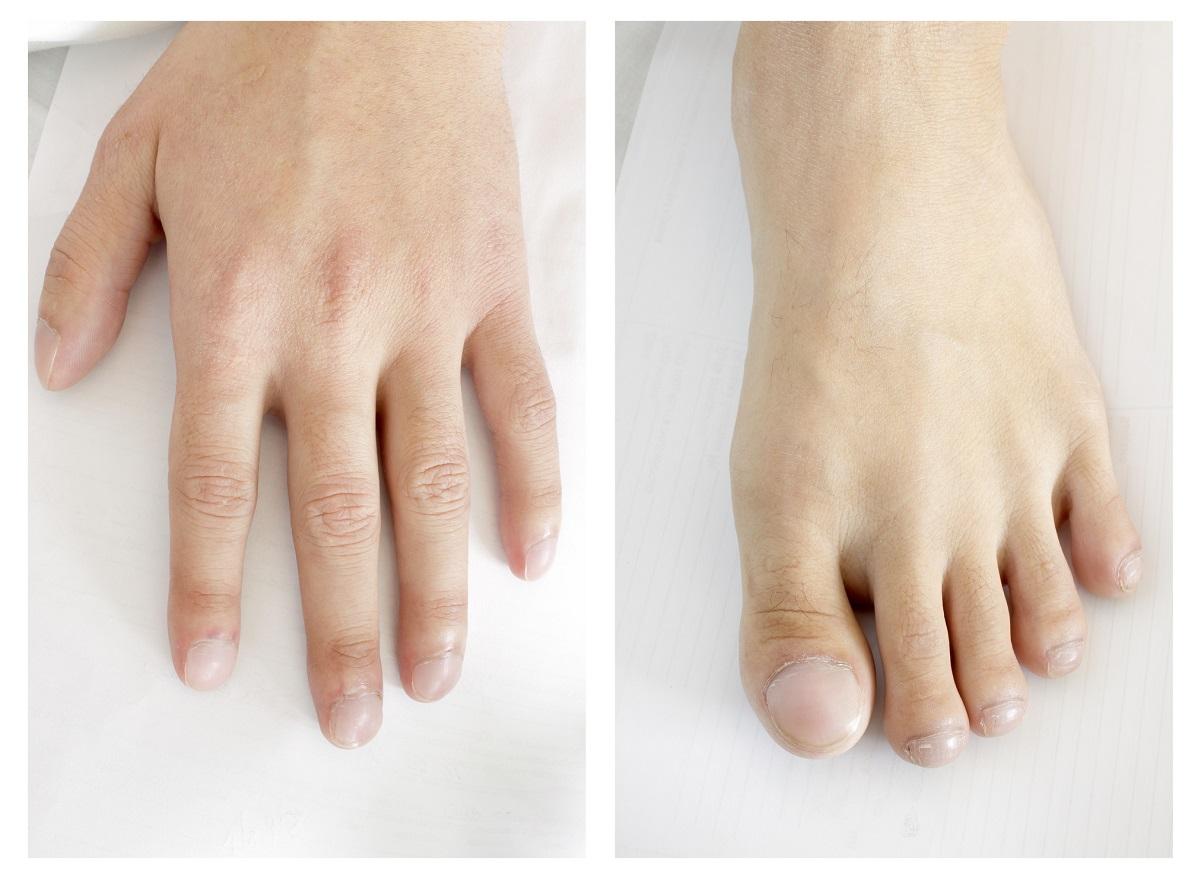
- Finger deformity: Digital clubbing is characterized by widening and rounding of the fingertips.
- Sign of serious illness: It may indicate pulmonary, cardiovascular or gastrointestinal diseases.
- Consultation needed: Early detection and management are crucial for treating underlying conditions.
Digital Hippocratism is a deformity of the fingers and nails characterized by widening and rounding of the ends of the fingers and toes. The nails take on a domed shape, giving the impression of “drumsticks”. This condition was first described by Hippocrates, hence its name. The changes in the fingers are usually bilateral and symmetrical.
The diagnosis of digital clubbing is primarily clinical. Doctors examine the fingers for characteristic signs, such as an increased angle between the cuticle and the base of the nail (Lovibond angle) and widening of the terminal phalanges. This phenomenon is often painless and may be asymptomatic, but it is usually associated with symptoms of the underlying disease causing the deformity.
Causes of digital clubbing
Lung diseases
Finger clubbing is often linked to chronic lung diseases. These include pulmonary fibrosis, chronic obstructive pulmonary disease (COPD), and lung cancer. These conditions result in decreased blood oxygenation, which could cause the changes seen in the fingers and nails.
Cardiovascular and gastrointestinal diseases
Cyanotic congenital heart disease (which causes cyanosis or a bluish discoloration of the skin due to lack of oxygen) can also cause clubbing. Additionally, certain gastrointestinal diseases, such as Crohn’s disease and liver cirrhosis, can cause this condition. The exact mechanisms linking these diseases to clubbing are not fully understood, but they may involve a combination of genetic, inflammatory, and vascular factors.
Other possible causes
In addition to lung and cardiovascular disease, other conditions can cause digital clubbing. These include infections, such as endocarditis (infection of the inner lining of the heart), and metastatic cancers. In some cases, digital clubbing may be idiopathic, meaning there is no identifiable cause.
Clinical significance and treatment
Importance of early detection
Digital clubbing is often a sign of serious underlying diseases that require immediate medical attention. Early detection can allow for prompt diagnosis and treatment of the causative disease, improving the patient’s prognosis. Therefore, anyone with signs of digital clubbing should see a doctor for a thorough evaluation.
Treatment options
Treatment for digital clubbing is based on managing the underlying disease. For example, in the case of chronic lung disease, treatments such as oxygen therapy and medications to improve lung function may be necessary. For heart disease, surgical procedures or medications to improve blood flow may be prescribed. In general, the reversibility of digital clubbing depends on effective management of the causative disease.
Digital clubbing is an important clinical sign that can indicate serious underlying diseases, including pulmonary, cardiovascular, and gastrointestinal diseases. Early detection and management are crucial to improve patient outcomes. If you experience changes in the shape of your fingers or nails, it is essential to consult a healthcare professional for a thorough evaluation.
Tips for monitoring digital clubbing
- Be attentive: watch for any changes in the shape of your fingers and nails.
- See a doctor: If you notice signs of digital clubbing, make an appointment with a healthcare professional.
- Follow your treatment: If an underlying disease is diagnosed, follow the prescribed treatment strictly to improve your chances of reversal.










